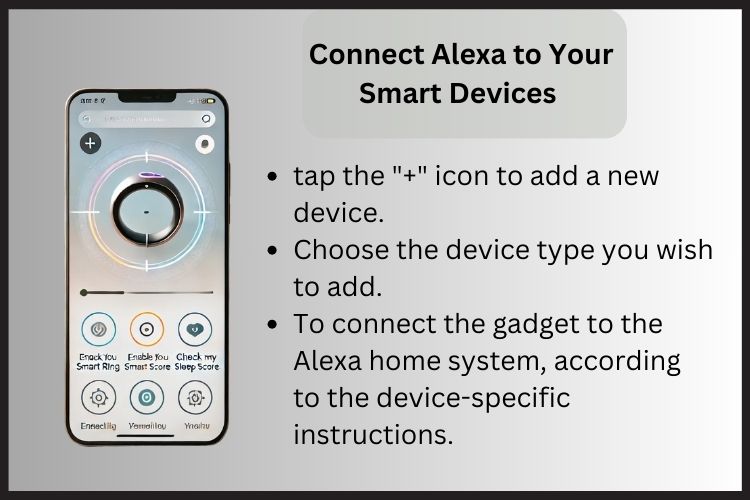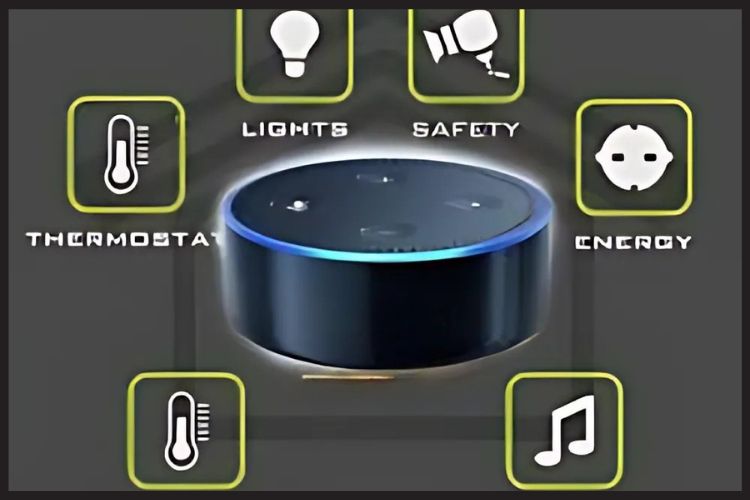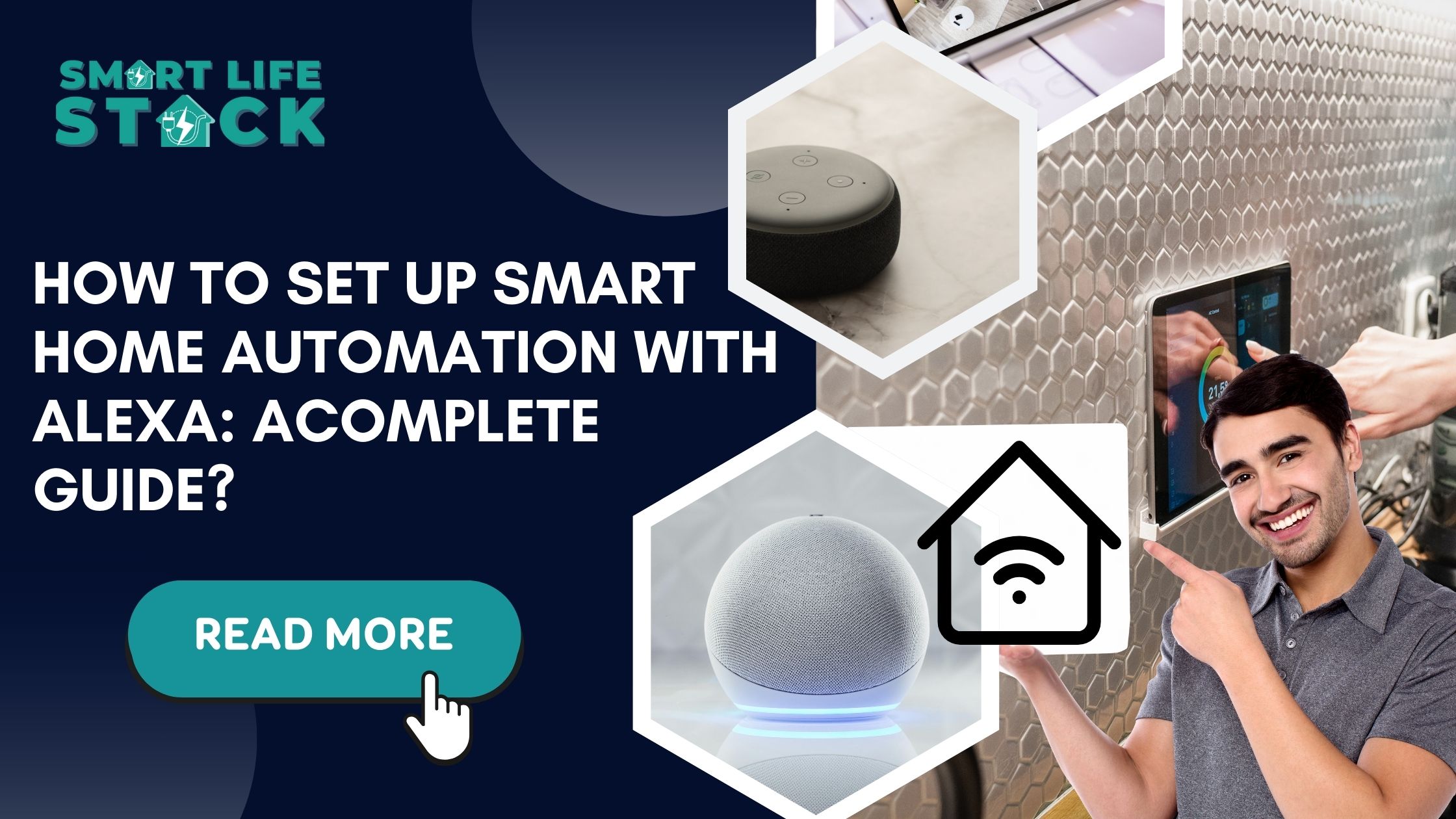Introduction
In today’s fast-paced world, where technology continues to evolve, setting up a smart home has become a must for many homeowners. Not only does it make life more convenient, but it also adds a touch of luxury to your living space.
Alexa’s home automation system is one of the most popular and user-friendly systems for creating a smart home. Whether you want to control your lights, thermostat, or even your coffee maker, Alexa smart home devices offer endless possibilities. For the best home automation solutions in Mumbai, choose the Best Home Automation Company in Mumbai.
What is Smart Home Automation?
Smart home automation refers to the ability to control and manage various home devices remotely through a smart device or voice commands. The Alexa home automation system, powered by Amazon’s voice assistant, allows you to control these devices using just your voice, making your life easier and more efficient.
How to start Quickly Alexa Smart Home Setup?
Before we dive into the steps, here are the key components you need to set up your Alexa home devices:
- Amazon Echo Device: This is the voice-controlled device that serves as the brain of your Alexa home automation system.
- Smart Devices: These could include smart plugs, smart lights, smart light switches, thermostats, security cameras, or any other smart gadgets compatible with Alexa.
- The Alexa App: The companion app that allows you to configure and control all your devices remotely.
Complete Alexa for Your Smart Home: A Complete Guide
The process of configuring Alexa for your smart home automation is easy and quick. Comply with these.
How to design the best possible Alexa smart home experience:
Step 1: Download the Alexa App
Start by downloading the Alexa app to your tablet or smartphone. It works with smartphones running both iOS and Android. Once installed, launch the app and sign in with your Amazon account. If you don’t have one yet, creating an Amazon account is free and simple.
Step 2: Set Up Your Amazon Echo Device
Configuring your Echo Alexa device comes next. Plug it in and wait for the light ring to turn orange. This indicates that it’s in setup mode.
- Open the Alexa app on your smartphone.
- In the app, tap on the “Devices” tab.
- In the upper-right corner, tap the “+” symbol and choose “Add Device.
- Choose Amazon Echo from the list of device types.
- To link your Echo device to your Wi-Fi network, adhere to the on-screen directions.
You can start adding Alexa home devices to your system as soon as your Echo Alexa is linked to the Wi-Fi network.
Step 3: Connect Alexa to Your Smart Devices

Now, let’s integrate your smart home devices into the Alexa home automation system.
Contact us
OTP Sent On WhatsApp
- In the Alexa app, tap the “+” icon to add a new device.
- Choose the device type you wish to add, such as an Alexa-enabled smart plug, Alexa-enabled smart light switch, or smart lights.
- To connect the gadget to the Alexa home system, according to the device-specific instructions.
For smart plugs, Alexa, plug the device into an outlet and ensure it’s powered on.
Make sure that the Alexa-enabled smart lights are linked to the same Wi-Fi network and compatible with Alexa.
Follow the pairing procedures for Alexa-enabled devices, such as security systems, cameras, and thermostats.
Step 4: Group Devices (Optional)
Your devices can be grouped for easy control once you’ve added them. For instance, you could make a group called “Living Room” that contains your smart plug, Alexa, and smart lights. “Alexa, turn off the living room” is an example of a voice command that may be used to control all of the devices in the group.
To create a group:
- Open the Alexa app.
- Tap on “Devices,” then tap on “Groups.”
- Tap the “+” symbol to form your group and adhere to the instructions.
Step 5: Set Up Routines for Smart Home Automation
One of the best features of Alexa home automation is the ability to create routines. Routines let you automate things like adjusting the thermostat when you leave the house or using Alexa to switch on your smart lights when you get up.
To set up a routine:
- Open the Alexa app and go to the “More” section.
- Select “Routines.”
- Tap the “+” icon to create a new routine.
- Choose the trigger (e.g., time of day, voice command, or when you arrive or leave home).
- Select the actions you want Alexa to take (e.g., turning on Alexa lights, adjusting the thermostat, or activating a smart plug Alexa).
Controlling Your Smart Home with Alexa

Now that your smart home is fully configured, you can use the Alexa app or your voice to control anything.
Some popular voice commands include:
- Alexa, turn on the smart lights.
- Alexa set the thermostat to 72 degrees.
- Alexa, turn off the smart plug.
- Alexa, lock the front door (for compatible smart locks).
- Alexa, turn on the coffee maker” (for smart appliances).
Moreover, you can ask Alexa to provide you with device status updates by saying something like, “Alexa, are the Alexa lights on?”
Troubleshooting Tips for Alexa Home Devices
While Alexa home devices are generally easy to set up, sometimes issues may arise. Here are some common troubleshooting tips:
- Wi-Fi Connection Problem: Make sure that the Alexa home devices and your Echo device are linked to the same wireless network.Restarting your router or moving the Echo closer to your router.
- Device Not Responding: If a specific device isn’t responding, check if the device is plugged in, powered on, and correctly paired with the Alexa app.
- Voice Command Not Recognized: Verify that you are using the appropriate voice commands and speaking clearly. For example, say, “Alexa, turn on the smart light switch” instead of “Alexa, turn on the switch.”
If these steps don’t solve the issue, you can always contact Amazon support for assistance.
Conclusion
Setting up smart home automation with Alexa is a straightforward process that can enhance your living experience. Whether you’re controlling your lights, adjusting your thermostat, or managing your smart plug, the possibilities are endless with Alexa home automation. With the Alexa app, the Echo Alexa device, and your Alexa home devices, you can create a seamless, connected living environment that’s just a voice command away.
Ready to get started? Smartlifestack can help you with all your smart home automation needs. Let us guide you through the setup process and ensure your home is fully automated and smart.
Frequently Asked Questions
Q1. Can Alexa control all smart home devices?
Most modern smart home devices are compatible with Alexa but always check before purchasing.
Q2. Do I need an Amazon Echo for Alexa home automation?
Yes, you need an Alexa-enabled device like Echo Dot or Echo Show.
Q3. Can I set up Alexa without Wi-Fi?
No, Alexa requires a stable internet connection to function.
Q4. How do I reset my Alexa smart home device?
Most devices can be reset through their app or by holding a reset button.
Q5. Does Alexa work with Google Home?
No, Alexa and Google Home are separate ecosystems.


